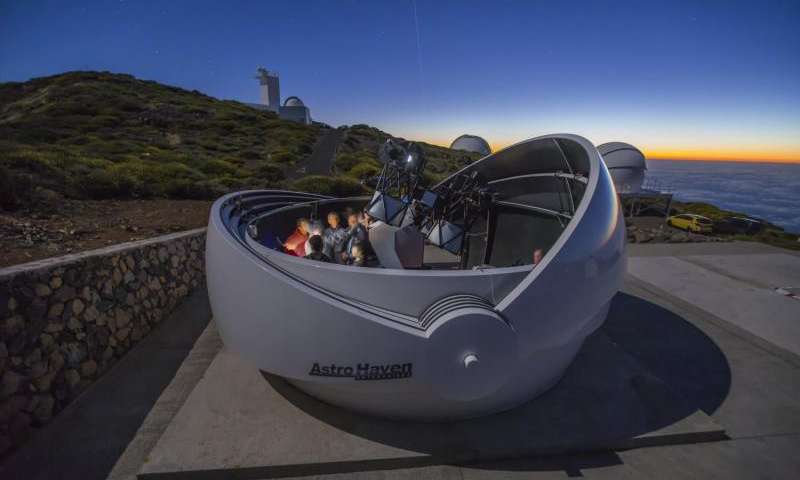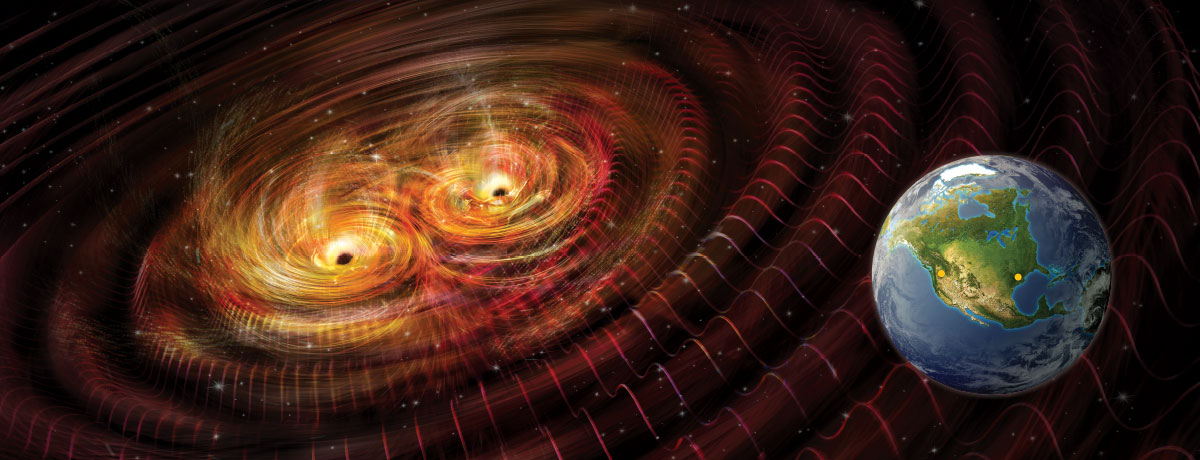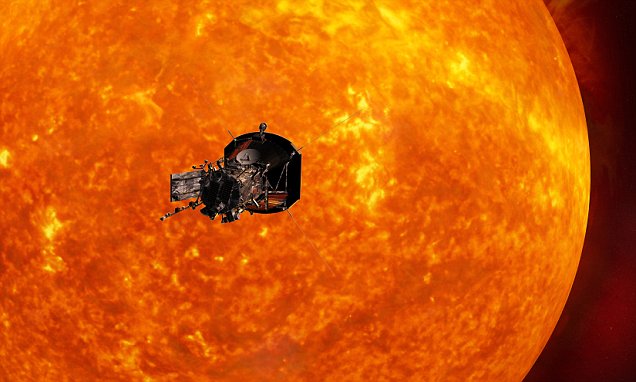Innovation is directly related to the thirst of exploration. Exploration itself is originated through curiosity. A new telescope has been introduced that can detect optical signatures of gravitational waves. The research and development for this telescope was operated by a research collaboration led by the University of Warwick.
The telescope, named as GOTO (Gravitational-wave Optical Transient Observer), was opened at Warwick’s astronomical observing facility based in Roque de Los Muchachos Observatory (an astronomical observatory located in the municipality of Garafía on the island of La Palma) on July 3, 2017, at the Canary Islands.
It is a smart and autonomous telescope that will seek for bizarre activity in the sky and collect alerts from gravitational wave detectors such as aLIGO (Advanced Laser Interferometer Gravitational-Wave Observatory) that recently recorded first gravitational waves detection.
Gravitational waves are the current that are present in the space and are developed when the neutron stars and black holes orbit each other and integrate at high speed. The waves after the merging generate waves through Universe at the high light of speed. And analyzing these waves will probably create a great scope of opportunities for the astronomers to explore the important elements of origin through which they are generated. This telescope will also enable them to understand the nature of gravity very closely.
Albert Einstein had previously predicted about the detection of these waves. The recent detection was reported in last two years. The next task of the astronomers is to unite the signals received from the waves along with the signature in the electromagnetic field.
The aim of the GOTO is to trace the optical signature linked with the gravitational waves as fast as possible, which will enable the astronomer to perform studies on these sources through a wide range of satellites and telescopes before they get fade.
The project GOTO is a crucial assignment for Warwick-Monash Alliance, through which the creation of telescope was partly financed. The Alliance has integrated the teaching efficiency and outstanding research of the two highly reputed universities to beat the challenges of the 21St century.
The team said,” It is really satisfying to see the efforts turned out to be fruitful in the form of GOTO.###












